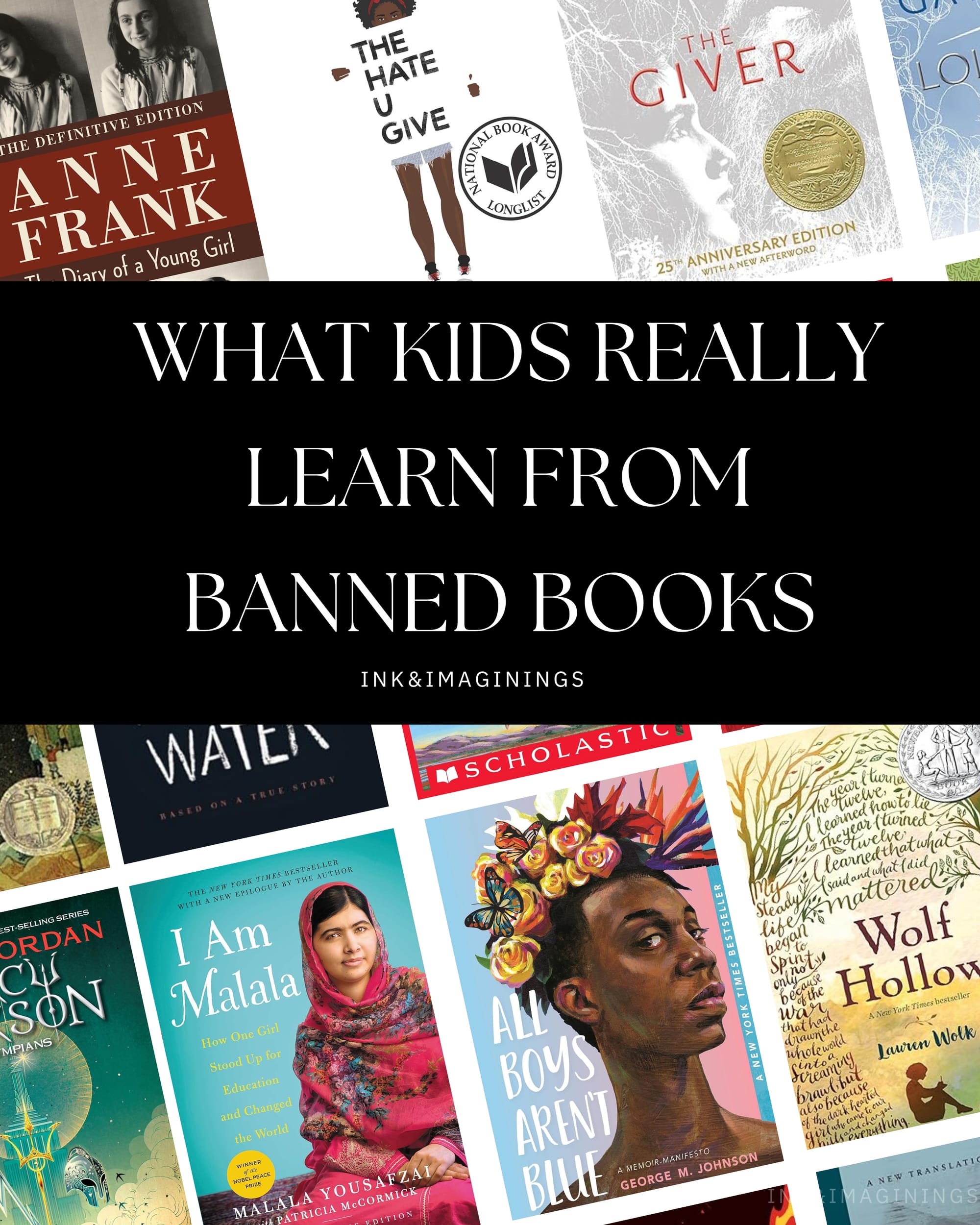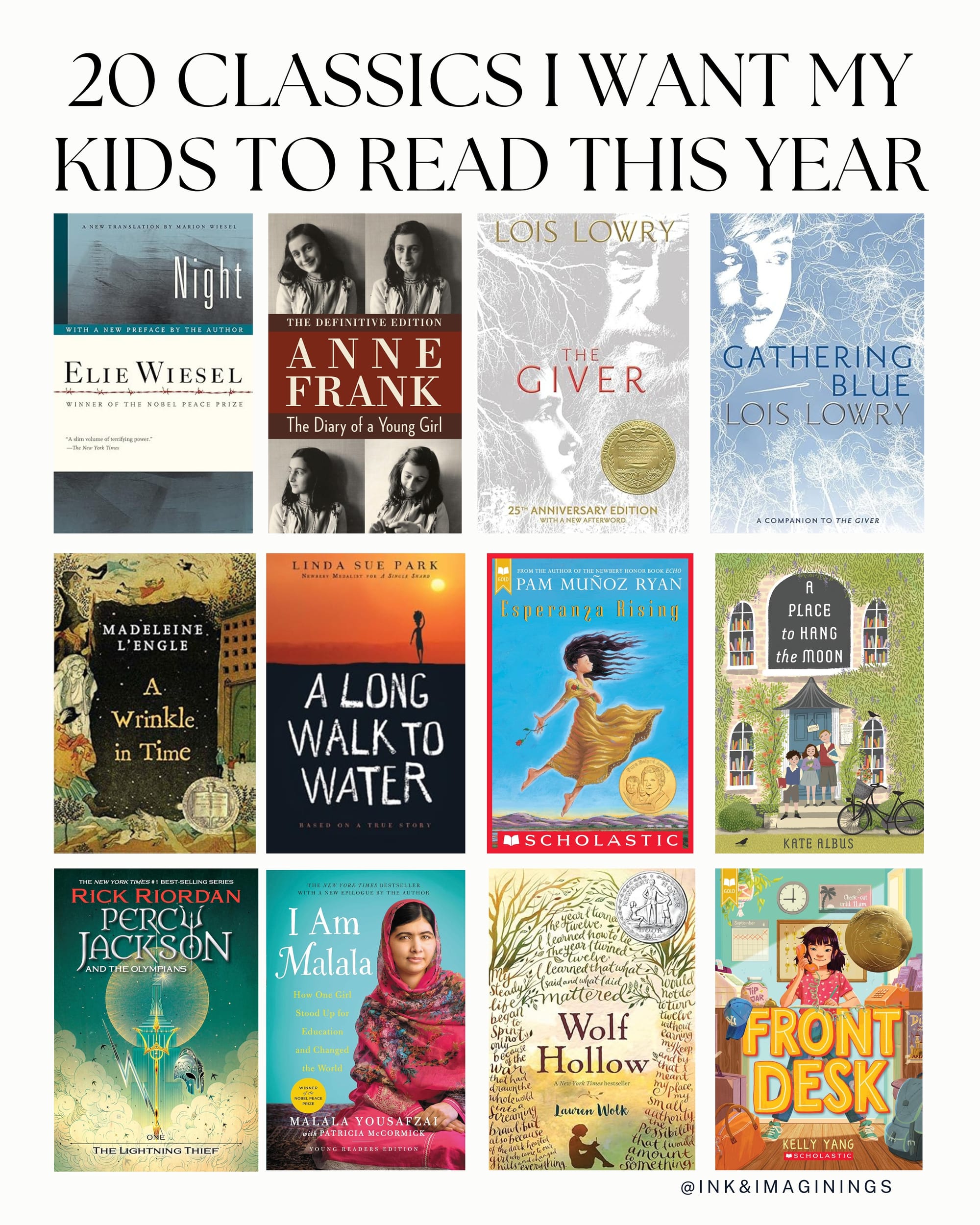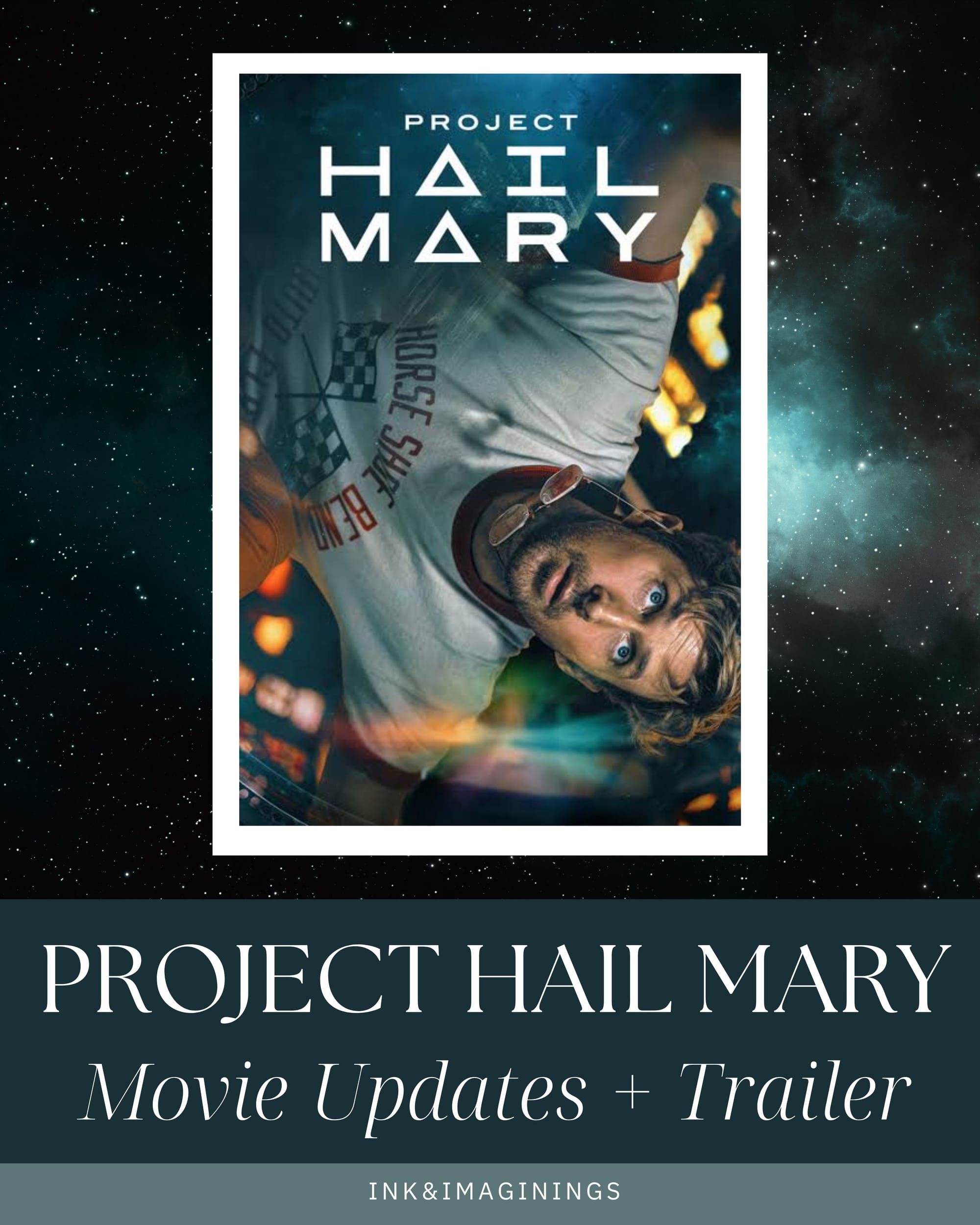Critics say banned books are dangerous. But research (and real-life experience) show that when kids read freely, they learn more than just vocabulary. They learn empathy, critical thinking, and how to find their place in the world.
Why Are Books Banned?
Book bans often stem from discomfort.
Parents, school boards, or community leaders object to language, sexual content, violence, or topics related to race, gender, or politics. The goal, they say, is to “protect” children. But protecting kids from complexity may be hurting them more than helping.
Let’s be honest: book bans aren’t about protecting children. They’re about controlling narratives.
Book bans often originate from fear. Fear of change, fear of difference, and fear of the unknown.
But books are where many kids find themselves for the first time. Telling them certain stories are not ok sends a dangerous message about whose lives are worthy of exploration.
Building Empathy, Critical Thinking, and Identity
Critics often claim that banned books are harmful for young readers.
Research shows the opposite.
Books that tackle complex topics like White Bird: A Wonder Story, Diary of Anne Frank, or All Boys Aren’t Blue help kids:
- Build empathy by experiencing lives different from their own
- Think critically about systems, power, and justice
- Navigate their own identities with honesty and self-acceptance
In trying to “protect” kids from hard topics, bans often rob them of exactly what they need to thrive in a diverse, complicated world.
What the Research Says
1. Reading Controversial Topics Promotes Empathy
According to a 2013 study published in Science, reading literary fiction (particularly stories that explore difficult or controversial issues) increases a reader’s capacity for empathy.
Characters in banned books often face moral dilemmas, oppression, or identity crises, helping kids better understand people who are different from them.
Examples:
- The Hate U Give by Angie Thomas opens discussions on race and police brutality.
- Melissa by Alex Gino helps young readers explore gender identity and acceptance.
Books are sometimes banned because they show the world as it is, but that’s exactly why we need them.
2. Complex Stories Build Critical Thinking
Banned books often present layered narratives with multiple perspectives. This challenges readers to question, analyze, and make their own decisions skills central to healthy development.
A study from the American Psychological Association found that exposure to complex literature supports analytical reasoning and helps young readers weigh multiple viewpoints, a necessary skill in our polarized world.
Discussion questions that emerge from banned books:
- Is the narrator trustworthy?
- Why did this character make that choice?
- What would I have done?
Emotional Growth and Identity
Books like Speak by Laurie Halse Anderson or Drama by Raina Telgemeier give voice to teen experiences like trauma, assault, or coming out. Topics many adults feel are “too mature.” But silence doesn’t make hard realities go away.
Reading Helps Kids Feel Less Alone
When kids see themselves (or someone like them) in a story, they realize they’re not weird or broken. That’s a powerful message for mental health.
When a kid reads a book and says, ‘I didn’t know it was okay to feel like that until I read this book.’ That’s everything.
The Myth of Protection
The idea of banning a book assumes that not reading it will “protect” a child. But in a digital age, kids are more likely to encounter sensitive topics outside the classroom in forums, TikToks, or DMs without guidance or context.
Banning a book sends the message that the topic itself is shameful or wrong. Discussing these books in school instead:
- Builds trust between adults and students
- Creates safe, structured spaces for hard conversations
- Gives kids the tools to navigate complexity, not hide from it.
When we ban books, we silence conversations. We’re not just removing content we’re removing the opportunity to think critically.
What Can Parents and Educators Do?
- Read the book yourself before forming an opinion.
- Talk to your kids about what they’re reading.
- Frame banned books as an invitation to deeper discussion.
- Advocate for access to diverse literature in school libraries.
Takeaway
Letting kids read banned books doesn’t corrupt them it empowers them. These stories help young readers build empathy, question the world around them, and see themselves reflected on the page. Far from dangerous, these books can be the lifeline that helps a child feel seen, understood, and inspired.
In a time when books are being challenged and banned with alarming frequency, picking up a title that’s been deemed “inappropriate” or “dangerous” can feel like a rebellious act. And honestly? It is.
Reading banned books isn’t just about consuming stories that some want hidden. It’s about actively resisting censorship, defending intellectual freedom, and asserting that all voices deserve to be heard.
Whether you're a parent, educator, teen, or simply a curious reader cracking open a banned book is more than a pastime. It’s a powerful form of resistance.






